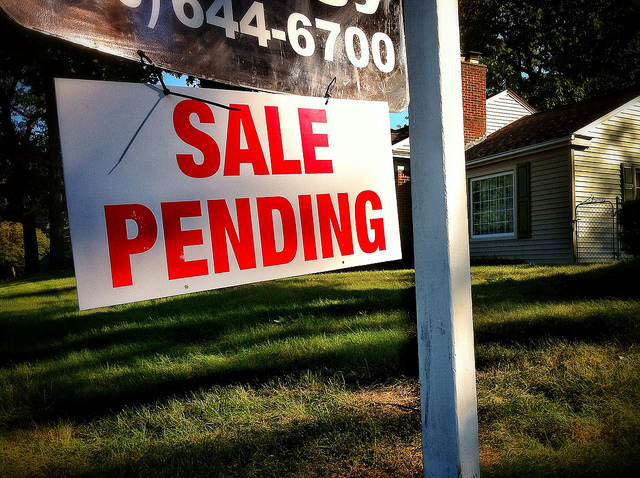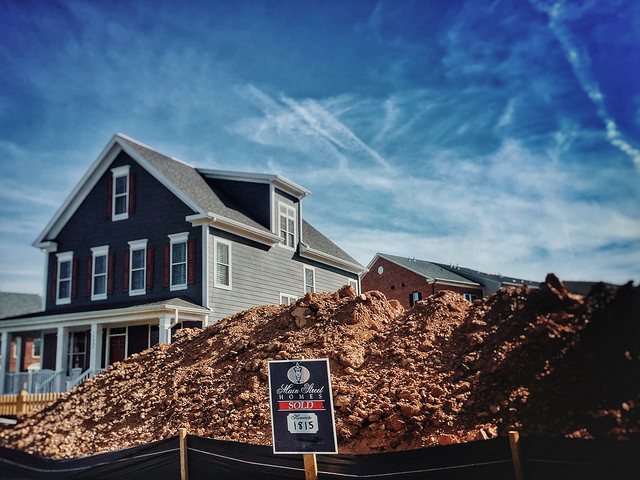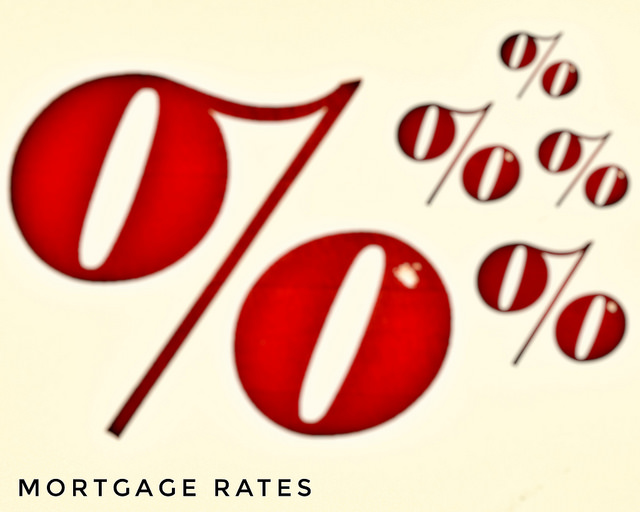The National Association Of Home Builders’ Leading Markets Index compares current price, building permit, and employment levels to their previous norms in 337 markets across the country. The index is an effort to measure how quickly individual markets have recovered following the housing crash and financial crisis. According to the most recent release, 196 metro areas have returned to or exceeded their last normal levels of economic and housing activity as of the second quarter of this year. In other words, housing markets across the country continue to make gains, despite current challenges. Granger MacDonald, NAHB’s chairman, says the report shows that the recovery has been widespread. “This report shows that the housing and economic recovery is widespread across the nation and that housing has made significant gains since the Great Recession,†Granger said. “However, the lagging single-family permit indicator shows that housing still has a ways to go to get back to full strength.†Among the three main index components, building permits are still falling behind previous norms, while price and employment levels have largely rebounded. More here.













